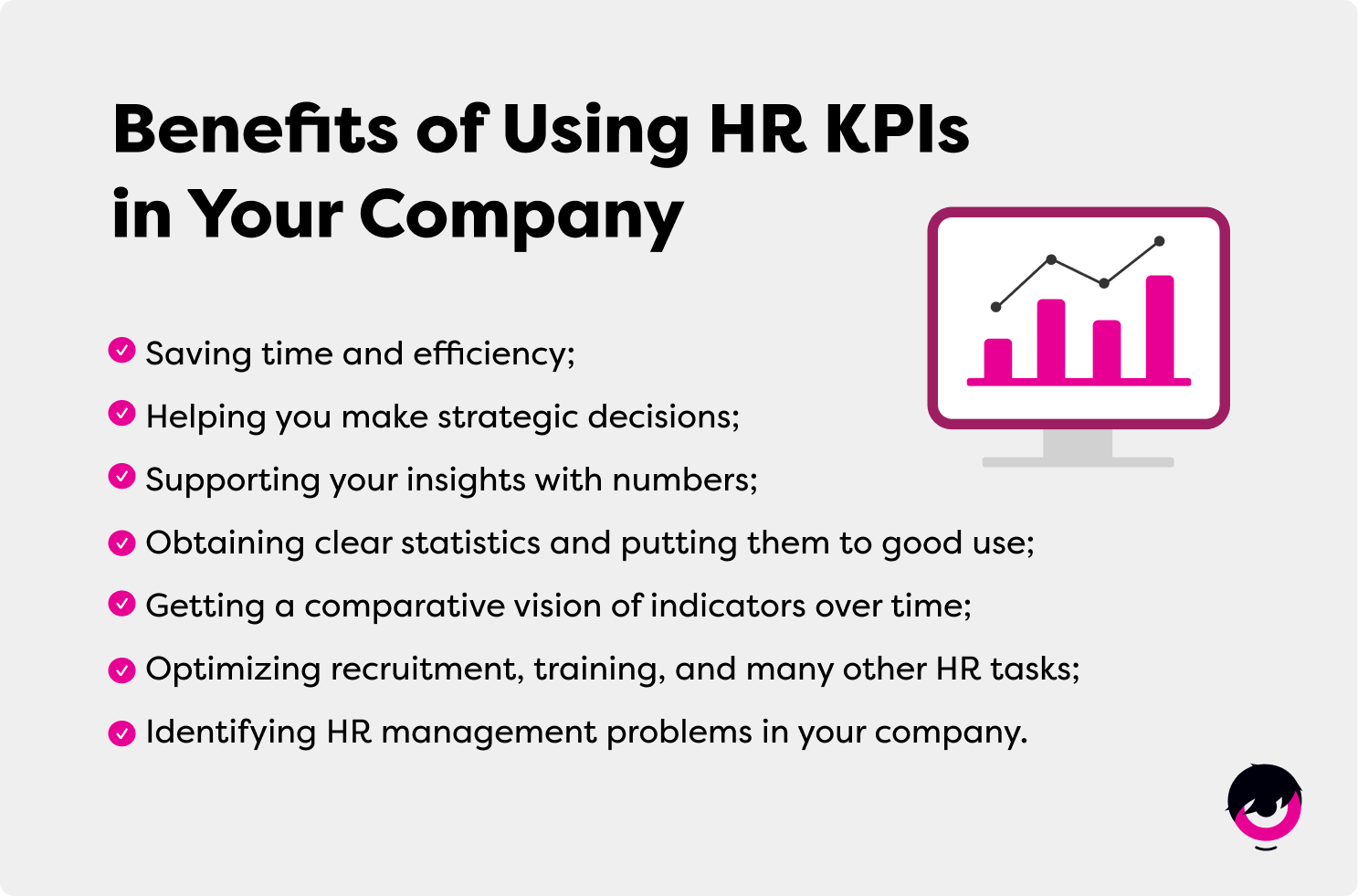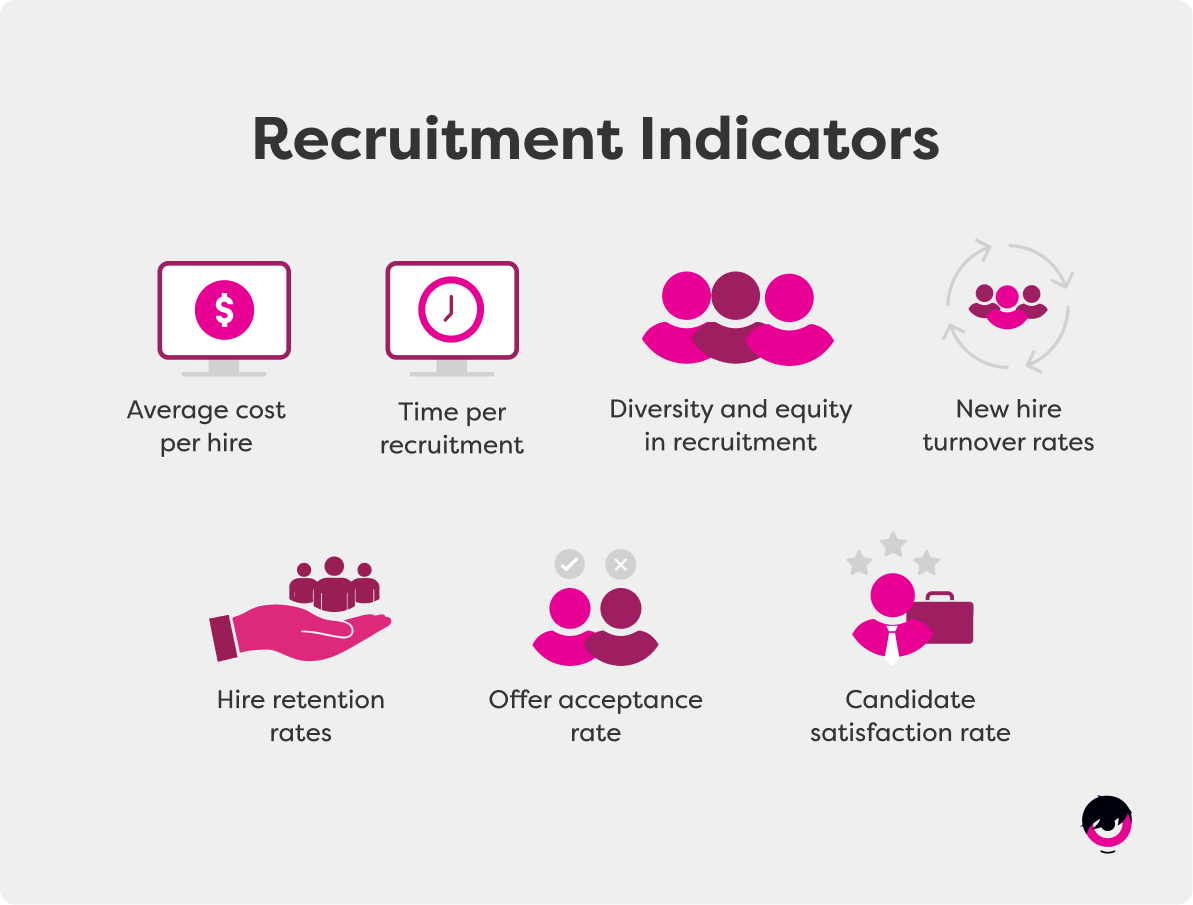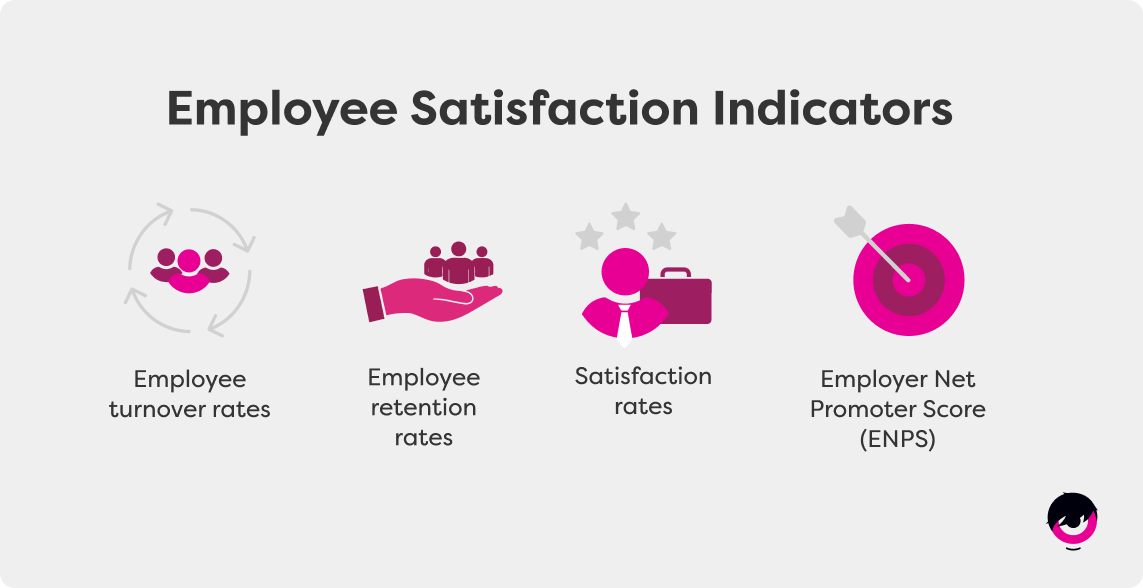HR reporting is a process which involves the strategic analysis of staff and company data, and is an essential aspect of productive and effective talent management.
By measuring and monitoring key HR metrics, you can track employee performance, optimize all your human resource management practices, pinpoint potential problems and guide your strategic decision-making. In short, HR reporting collects actionable insights that paint a portrait of organizational health at a given point in time. Of course, your reporting process can be updated at any time to keep pace with new workforce trends and business goals.
Find out the Key Performance Indicators you should track, and best practices for implementing effective HR reporting in your company.


















